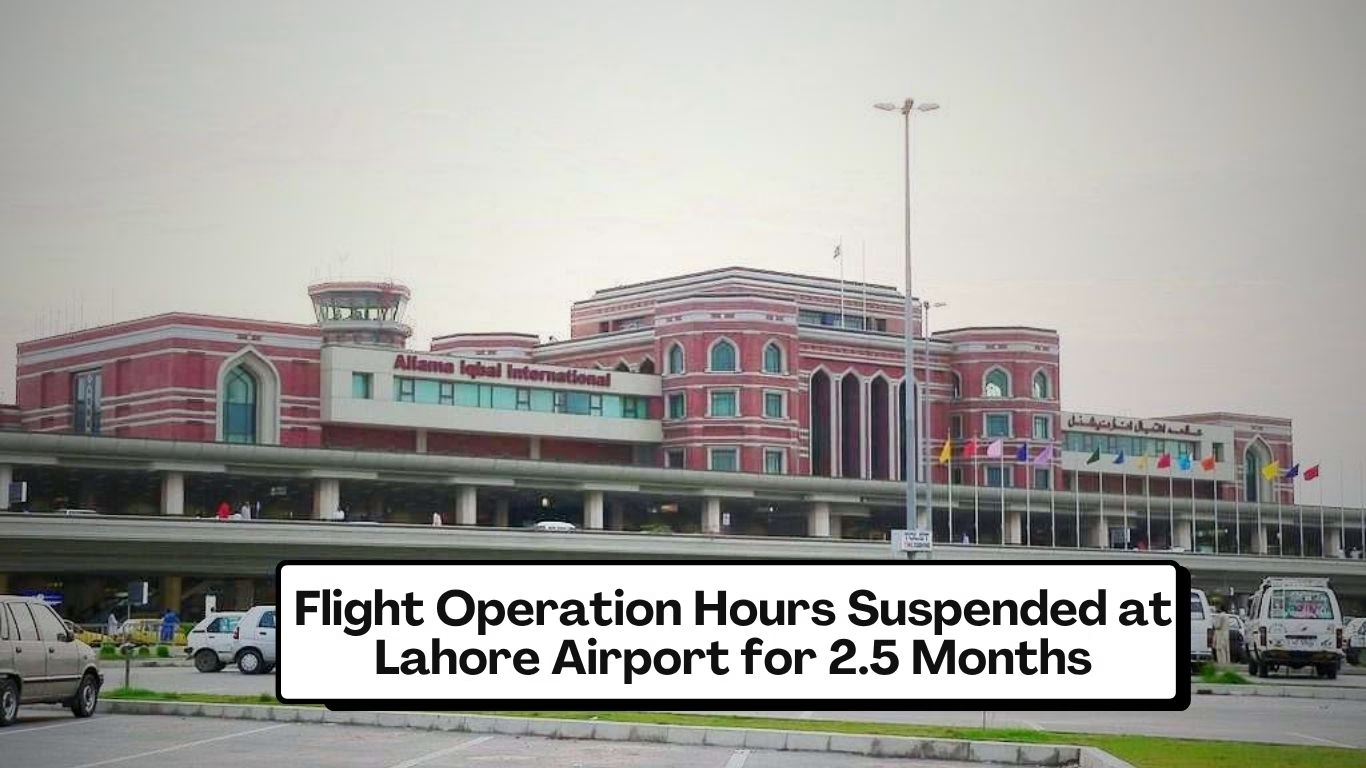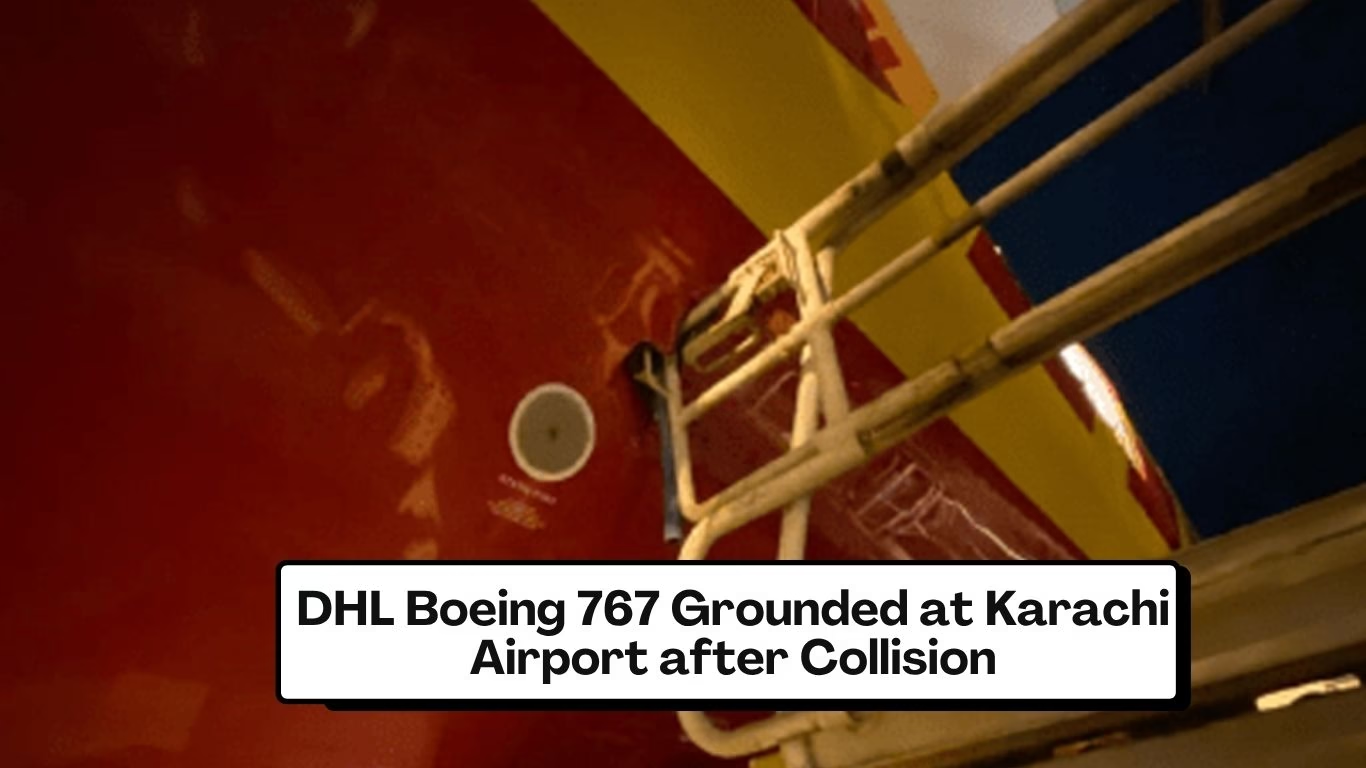Aircraft performance is one of the fundamental factors contributing to an airline’s fleet planning. An airline may incur operational and financial costs if the incorrect aircraft is used for the incorrect mission. Static factors like payload range, wingspan, gross weight, engine, aircraft manufacturer, and even engine manufacturer are utilized to think about different airplane types. Nonetheless, in light of the fact that they just consider static qualities, these measurements of aircraft performance are insufficient. Even though the two airplanes seem indistinguishable they may have different certified gross weights and power engine thrusts. It performs differently depending on which of these two parameters is used. Operating weights, thrust, and payload range are attributes that can change depending on the operational environment.
Primary factors that affect the operational performance of aircraft are:
Airplane Design / Geometry (by the manufacturer)
Four forces act upon an aircraft that shows the cornerstone parts of aircraft that affect the overall performance are:
- Thrust (generated by engines)
- Lift (generated by wings)
- Drag (generated by the aircraft’s smooth structure and weight)
- Force of gravity
Engine
Present-day innovation has presented turbofans and jets that increase the proficiency above and beyond 70% of the aircraft. Conveying further development through eco-friendliness, decreased lift-to-drag proportion, and diminishing the airplane’s weight and fuel use.
Efficient and reliable operation of the engine helps in:
- Saving fuel and upgrading SFOC (Specific Fuel Oil Consumption)
- Foreseeing the essential fixes and forestalling engine failure
- Lessening spare parts cost and expanding time between overhauls
Presently, the major engine manufacturers that hold the maximum market share, are G.E. Aviation, which has the biggest portion in turbofan engines. Rolls-Royce second biggest producer of turbofans and is generally noted for their RB211 and Trent series. Pratt and Whitney are third behind G.E. and Rolls-Royce in the market pie.
Read More About Avoiding Weather Hazards for Lighter Aircraft
These engine producers consolidate new streamlined plans, materials, coatings, ignition, and cooling innovation. The new gear framework permits the engine’s fan segment to a slower speed. While at the same time allowing hotter segments of the engine (low-pressure blower and turbine) to work at a lot higher rates. This increments motor effectiveness and brings down fuel utilization, CO2 outflows, and commotion.
Wings
A plane’s wings are essential since they are used to lift, turn, land, and control the aircraft. An airplane can only fly because its wings are designed that help the aircraft generate lift. The upper section of the wing is curved to make the low pressure on the top of the wings while the lower part remains flatter and has high pressure. Due to the difference in air pressure, the lift phenomenon appears, and lift is generated on the wing.
Wingtip devices enhance aircraft performance by decreasing drag and increasing fixed-wing aircraft’s efficiency; even though wingtip devices come in various forms, all of them aim to reduce drag by partially recovering tip vortex force.
Ongoing plan developments at the wingtips have additionally seen huge upgrades in the airplane’s streamlined Execution. Raked wingtips or winglets reduce the impacts of the ‘wake’ – the whirling vortex of air abandons the wing as it goes through the air fast. These are typically fixed at the tip of wings and comprise little vertical pointing augmentations. The airplane’s section is delivered smoother and more effectively by lessening air aggravation. The general impact of the wingtips is basically equivalent to expanding the airplane’s wingspan, less the additional weight. Applied to the new airplane and, surprisingly, retrofitted to old models, these modifications at the wingtip have driven critical drag and fuel efficiencies.
Nose
A number of reasons lead to the state of the nose of an airplane and they aren’t all because of streamlined factors. Commercial Transport Airplanes presently travel below the speed of sound. In that capacity, the nose doesn’t encounter an enormous shock wave because of the compressibility of air. Round nose cones are alluring for airplanes planned to be flown more slowly than the speed of sound. To this end, business carriers, commercial planes, and private airplanes have round-nose cones.
The reason for having rounded noise is its ability to absorb shock as the aircraft breaks the sound barrier. When the air first connects with the plane’s rounded nose, it makes a shock that quickly changes the air’s way. It’s difficult to totally keep away from this shock while flying at hypersonic speeds. When the aircraft reaches Mach 1, it will make a shock at the nose. The explanation for hypersonic-speed planes being given a sharp nose is the grounds that it limits the strength of the shock.
Aircraft Weight
Airplane weight is one of the main elements for diminished performance weight. An over-burdened airplane will be unable to leave the ground. On the other hand, if it becomes airborne, it might display startling and bizarrely unfortunate flight qualities. To meet administrative compliance, you should oversee and keep up with the weight and equilibrium for all the fleet airplanes.
As weight meaningfully affects airplane flight execution. Fully loaded aircraft would require a higher Angle of Attack, to keep a given elevation and speed but chances of getting a tail strike would increase. Moreover, this will also increase drag in the form of induced and parasite drag on it. Expanded drag implies that extra thrust is expected to defeat it. Airplane planners go to incredible lengths to limit the weight since it undeniably impacts
Payload–Range Capabilities
Payload is simply the weight of passengers and freight being boarded on the aircraft. It is restricted by primary requirements (maximum Zero Fuel Weight). The fundamental goal is to move travelers or freight from point A to point B. However, an ideal airplane would have incredible reach ability, bringing about little payload penalty for short-range missions. The capacity to exchange payload for fuel is subsequently a model. Airplanes might have a Maximum Zero Fuel Weight, however, primary restrictions don’t allow a long-range airplane to exchange range (fuel) for payload.
MTOW has a direct relation with fuel or payload. A higher amount of MTOW will lead to an increase in fuel that will be carried. The more fuel conveyed, the more prominent the reach. Additionally, the more eco-friendly the airplane, the more prominent the reach, or payload, as less fuel is required. To accomplish high MTOW, great Take-Off execution is required. This is the district of most noteworthy interest regarding the execution
Takeoff and Landing Distances
During departure for take-off, an airplane starts at zero speed and then gradually advances to the departure speed V2 to make the aircraft airborne. During the landing phase, the airplane makes landing at the arrival speed and then gradually decelerates to zero speed.
To acquire the least departure distance at the particular takeoff speed, the powers that follow up on the airplane should increase the greatest speed during the departure roll. The different powers following up on the airplane could be under the pilot’s control. Different systems might be essential in a specific airplane to keep up with the departure speed increase at the most noteworthy worth.
To acquire the least landing distance at the predetermined landing speed, the powers that follow up on the airplane should give the greatest deceleration during the arrival roll. The powers following up on the airplane during the arrival roll might require different techniques to keep up with landing deceleration at the top worth
The aircraft’s landing distance defines the runway necessities for flight operations in several cases. The minimum landing distance is measured by making a landing at some minimum safe speed that would give a safe margin on top of the stall and provides sufficient management and capability for a turnaround.
Aircraft Monitoring System
Electronic frameworks in present-day carriers screen different airplane systems (hydraulics, electrics, fuel, and so forth) and caution the pilots for any malfunctions. These centralized frameworks screen airplane functions and then transfer them to the pilots. It additionally delivers messages of failures and in specific cases, records techniques to attempt to address the issue. The centralized system’s end goal is to give unsettling airplane highlights, show restorative moves to be made by the pilot, and framework limitations after the failures. They utilized a color-coded plot, hence the pilots can immediately survey what is going on and settle on the moves to be made.
Weight and Balance Calculations
Balance is related to the area of the C.G. of an airplane. The C.G. is where the airplane would remain stable statically as well as dynamically. The essential worry in adjusting an airplane is the front and rearward area of the C.G. along the longitudinal pivot. The C.G. isn’t a proper point; its area relies upon the airplane’s weight dispersion. This represents that balancing is the most significant contributing factor that affects the aircraft’s performance.
In the aircraft flight manual, the center of gravity limits is nominal for associate aircraft. These limits ensure that certification stability and management criteria are met throughout a flight. Maintaining center of gravity specifications enables the correct trim settings of associate craft for take-off. Counting on the kind of aircraft, you want to weigh every aircraft periodically for 1 and 0.5 or 3 years or when any maintenance tasks alter the burden and balance of the aircraft.
Route Planning
Route planning is considered vital for considering each flight. Hence, the route requires a flight plan incorporating the course the crew will fly and indicating elevations and velocities. It calculates how much fuel the plane will utilize and the extra fuel it should convey to meet different necessities for a safe flight.
While flight plan estimations are important for security and administrative consistence, they likewise furnish aircraft with a chance for cost advancement by empowering them to decide the ideal routes, heights, speed, and measure of fuel to stack on a plane
Takeoff and Landing Performance Estimations
A critical number of accidents and episodes happen during take-off and landing. Given this reality, the pilot should know about every factor that impacts the departure and landing of an airplane and should progress toward demanding, proficient methods of activity during these periods of flight. Ensuring that your take-off and landing are often conducted at intervals within the reach of the runway can considerably contribute to the security of those critical phases of flight.
Flight operations (by the flight crew)
Flight activities utilize the weight and equilibrium of an airplane to compute and characterize the design of functional dependencies, for example, fuel load, and freight and traveler appropriation.
Preflight actions incorporate the assurance of the fuel expected for the flight; checking of weight and focus of gravity position against plane cutoff points; course arranging (which includes the checking of conjecture winds, climate, and expected deferrals); and plane condition (e.g., limitations because of unserviceable things).
In-flight exercises incorporate working the plane inside the producer’s performance limits (e.g., speed, load factor, approach), fuel status and framework checking, and routine and crisis circumstances administration.






Leave a Reply